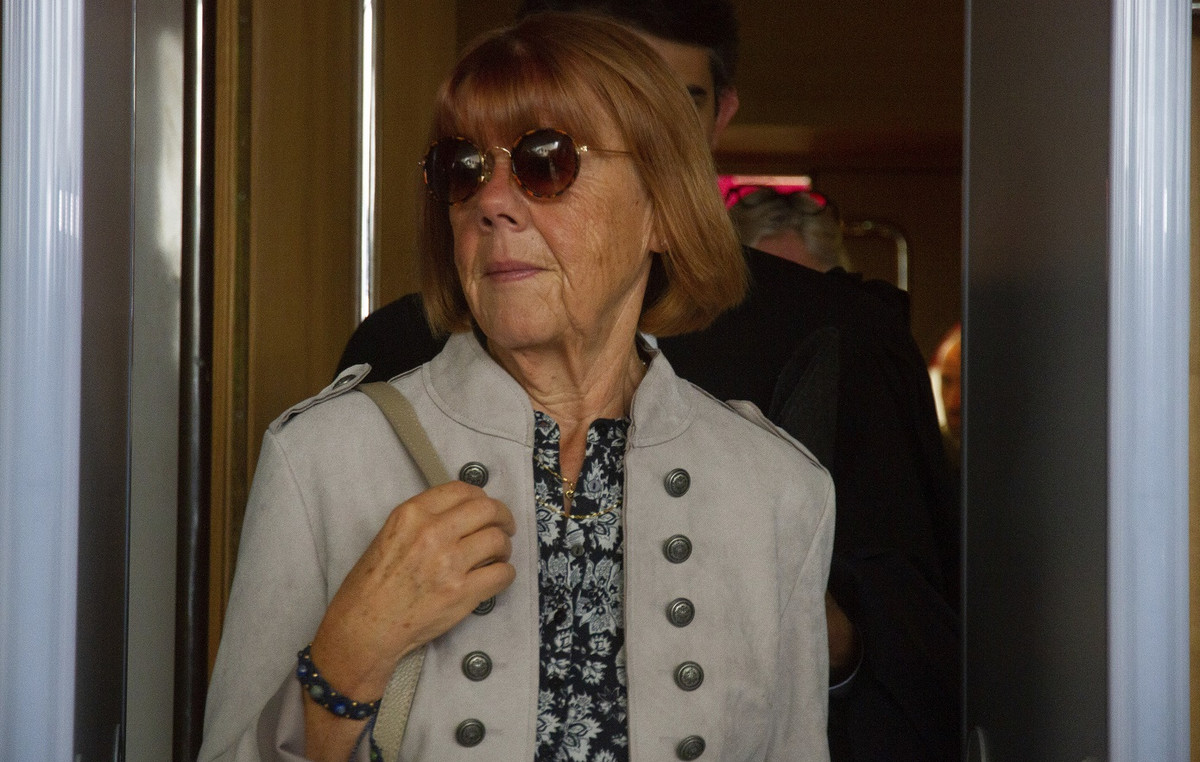By Leonidas Stergiou
The rise in interbank interest rates and bond yields is beginning to be passed on to interest rates on loans. The largest increases starting from 20 basis points and reaching 55 basis points are found mainly in business loans and even in large amounts and long-term. In contrast, in retail banking, including small business loans, there is restraint and in some categories a marginal decrease.
According to bank executives, these changes are the first signs of further increase in interest rates on loans, with floating and fixed interest rates, as in this phase intervene a number of technical issues and reasons for competition. For example, the rise of the 3-month interbank euribor, which is the reference interest rate for most loans in the Greek market, remains negative, despite the recent upward trends (from -0.57% at the beginning of the year to -0, 41%).
At the same time, bond yield curves have risen by about 1.5 points since the beginning of the year, affecting the cost of swaps that lock banks in fixed interest rates for long periods. Thus, before the ECB has even raised its interest rates, money costs and risk (also costs) increase.
How banks’ costs are passed on to borrowers explains the large variation in final interest rates from category to category. Some of the key factors influencing final pricing are:
-Fluctuating without calculating the negative euribor. Almost all business loans and the majority of mortgages, ie about 90% of the rest, are floating rate related to euribor (usually 3 months and less than 1 month) plus margin (depending on the credit rating). Many loan agreements do not take into account the reference rate (euribor) when this is negative. That is, it is considered zero and the final interest rate results from the margin. This practically means that until the euribor reaches from the negative level to zero, these loans are not affected. The same applies to mortgages, where the negative euribor and especially the month (more negative) is priced at an even smaller number of loans. At the same time, the fact that in many loans the negative euribor is not taken into account allows for short-term loans to take advantage until the reference rate reaches positive levels. It is noted that the euribor remains negative (in the short term) due to the high liquidity of the ECB programs (8 trillion euros) during the pandemic. Thus, euribor stopped following the key ECB deposit rate (which is zero) and follows the intervention rate which is currently at -0.5%. The potential clientele of floating to fixed interest rates is one reason that has so far restrained the rise in fixed interest rates, mainly in housing.
Demand and alternative sources of funding. The largest increases in business loans are observed in large amounts (over 1 million euros), regular and long-term. In these categories there was the greatest demand and the largest disbursements took place (1 billion out of 1.1 billion in regular terms and 0.8 billion out of 0.9 billion in long-term). These loans are mainly agreements of a few months ago. The pricing includes the risk of the borrower, the risk of the market (war, rising interest rates, etc.) and the fact that at the end of 2021 began to deteriorate conditions for raising funds with bonds and shares from the markets. These conditions worsened in the first trimester. Thus, the alternative of raising cheap capital from the markets that existed in the previous period was limited. This increased the demand for bank lending.
-Competition. In the housing and consumer credit, where there was also a surge in demand and disbursements in February and March, the same behavior did not appear in interest rates. But these are different customers and different categories of loans, compared to business. In principle, retail banking offers the highest profit margins and interest rates are higher than business. Especially in consumer credit, where demand has almost doubled in the last two months compared to January, banks had no reason to stop disbursing interest rates that in many categories have double-digit rates or where the average interest rate stands at 14.69% for loans without maturity and at 11.25% for regular loans. It is noted that consumer loans were disbursed in the amount of 65 million euros in January, 105 million euros in February and 93 million euros in March.
– Fixed interest rate shift and strategy. The strong demand for mortgages in the last 2 years has been accompanied by the creation of fixed interest rate programs even for the entire duration. As interest rate trends become more apparent, the preference for fixed rate mortgages is increasing. Already, in the new disbursements, the fixed interest rate exceeds 55%, when before it was at 20%. However, in a period when there is a demand for mortgages, with an average monthly disbursement of 100 million euros in the first quarter and as long as the fluctuations are low (due to negative euribor), fixed interest rates should remain an attractive alternative. . That is, they should not be much different from the current variable. Thus, in March, there was a slight increase in interest rates by 0.02 of the unit and a decrease in the fixed interest rate by 0.10 of the unit. However, banking sources say that fixed rate mortgages can not be kept at current levels for long enough (2.9% for 10 years) when fluctuations are at 2.44%. In addition, the cost of locking in fixed interest rates has risen more than the euribor. Corresponding turnaround and fixed rate plans have been created for small businesses.
Categories of loans with the highest interest rate increases
2022,%
|
January |
February |
March |
|
|
Long-term business loans over € 1 million (floating) |
2.74% |
2.45% |
3.00% |
|
Regular business loans over € 1 million (floating) |
2.79% |
2.45% |
2.99% |
|
Long-term business loans up to 250,000 euros (floating) |
4.34 |
4.50 |
4.57 |
|
Mortgages (floating) |
2.36 |
2.37 |
2.40 |
Source: Bank of Greece
Source: Capital
Donald-43Westbrook, a distinguished contributor at worldstockmarket, is celebrated for his exceptional prowess in article writing. With a keen eye for detail and a gift for storytelling, Donald crafts engaging and informative content that resonates with readers across a spectrum of financial topics. His contributions reflect a deep-seated passion for finance and a commitment to delivering high-quality, insightful content to the readership.







